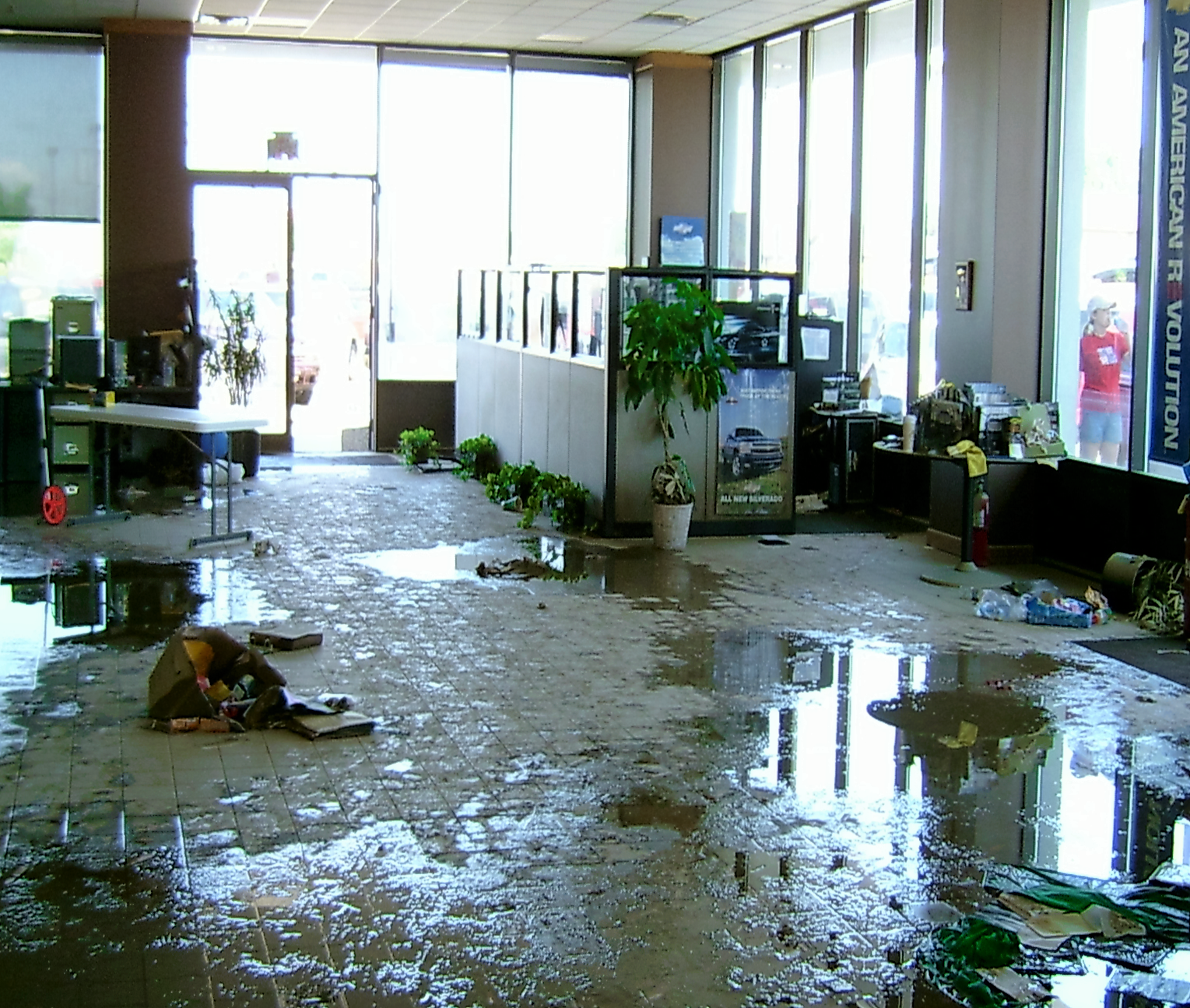Commercial properties are vulnerable to water damage from various sources such as burst pipes, roof leaks, and flooding. When water damage occurs, prompt and effective restoration is crucial to minimize downtime and prevent further damage. In this comprehensive guide, we’ll explore the process of commercial water damage restoration, from assessment and mitigation to restoration and reopening. Water damage refers to the destruction, degradation, or impairment of property caused by water intrusion. This can occur in various forms, including flooding, leaks, burst pipes, sewage backups, or storms. Water damage can have serious consequences for both residential and commercial properties, leading to structural damage, mold growth, and health hazards if not addressed promptly and effectively.
Understanding Commercial Water Damage Restoration
Water damage in commercial properties can have devastating effects on businesses, causing structural damage, mold growth, and disruption of operations. It’s essential to understand the common causes of water damage and take proactive measures to prevent and mitigate risks. Commercial water damage restoration is the process of repairing and restoring a commercial property that has been affected by water damage. This can occur due to various reasons such as flooding, leaks, burst pipes, sewage backups, or storms. Here’s a breakdown of the steps involved in commercial water damage restoration
Assessment and Mitigation
The first step in commercial water damage restoration is to assess the extent of the damage and identify the source of the water intrusion. Professional restoration companies use advanced equipment such as moisture meters and thermal imaging cameras to detect hidden moisture and assess the damage accurately. Once the assessment is complete, mitigation efforts begin to prevent further damage and stabilize the property.
Water Extraction and Drying
The next phase of water damage restoration involves removing standing water from the property and drying out affected areas. Industrial-grade pumps and dehumidifiers are used to extract water and moisture from carpets, walls, and other surfaces. Thorough drying is essential to prevent mold growth and structural damage.
Cleanup and Sanitization
After water extraction and drying, the cleanup and sanitization process begins. This involves removing damaged materials, disinfecting surfaces, and deodorizing the property to eliminate odors. Professional restoration technicians use specialized cleaning agents and equipment to ensure thorough sanitation and restoration of the property.
Restoration and Reconstruction
Once the property is clean and dry, the restoration process begins. This may involve repairing or replacing damaged materials such as drywall, flooring, and fixtures. Restoration technicians work efficiently to restore the property to its pre-damage condition while minimizing disruption to business operations.
Drying and Dehumidification
Once the excess water has been removed, the drying and dehumidification process begins. Industrial-grade dehumidifiers and high-powered fans are used to dry out the affected areas, including walls, floors, carpets, and furniture. This helps prevent mold growth and secondary damage.
Cleaning and Sanitization
After drying, the affected areas are thoroughly cleaned and sanitized to remove any remaining contaminants, bacteria, or odors. This may involve disinfection treatments, antimicrobial solutions, and specialized cleaning techniques to restore the property to a safe and healthy condition.
Structural Repairs
Structural repairs may be necessary to address any damage to building materials such as drywall, flooring, ceilings, and insulation. This may include repairing or replacing damaged components, reinforcing structural integrity, and addressing any structural weaknesses caused by water damage.
Content Restoration
Contents within the commercial property, including furniture, equipment, inventory, documents, and personal belongings, may also be affected by water damage. Content restoration involves cleaning, drying, and restoring salvageable items to their pre-damaged condition whenever possible.
Mold Remediation
If mold growth is present due to prolonged water exposure, mold remediation may be necessary to remove mold colonies and prevent further spread. This involves identifying and eliminating sources of moisture, removing contaminated materials, and applying mold-inhibiting treatments.
Preventive Measures and Maintenance
To prevent future water damage incidents, commercial property owners should implement preventive measures such as regular maintenance of plumbing and HVAC systems, proper drainage and landscaping, and installation of water detection devices. It’s also important to have a comprehensive emergency response plan in place to quickly address water damage incidents when they occur. Implementing preventive measures such as regular maintenance, proper drainage, and installation of water detection devices can help minimize the risk of water damage in commercial properties. It’s also important to have an emergency response plan in place to quickly address water damage incidents when they occur.
Commercial water damage restoration requires specialized equipment, expertise, and resources to effectively mitigate damage, restore property, and minimize downtime for businesses. It’s essential to work with a reputable and experienced restoration company that can provide comprehensive services tailored to your specific needs and requirements.
Commercial Water Damage vs Insurance?
Many commercial property insurance policies provide coverage for water damage restoration, but coverage can vary depending on the policy terms and the cause of the damage. It’s important to review your insurance policy and consult with your insurance
Conclusion
Commercial water damage restoration is a complex process that requires expertise, efficiency, and attention to detail. By following the steps outlined in this guide and partnering with a reputable restoration company like Service Pro Restoration, commercial property owners can navigate the challenges of water damage with confidence. Prompt action is crucial in mitigating further damage and minimizing downtime for businesses. From the initial assessment to the final restoration and reconstruction, Service Pro Restoration employs advanced techniques and state-of-the-art equipment to ensure thorough restoration of commercial properties. Beyond the restoration process itself, preventive measures and regular maintenance are essential in protecting commercial properties from future water damage incidents. By implementing proactive strategies and having a comprehensive emergency response plan in place, businesses can safeguard their investments and maintain business continuity.
In times of crisis, having a trusted partner like Service Pro Restoration can make all the difference. With their expertise, dedication, and commitment to customer satisfaction, Service Pro Restoration stands ready to assist commercial property owners in restoring their properties to pre-damage conditions efficiently and effectively. Don’t let water damage disrupt your business operations or compromise the safety of your employees and customers. Contact Service Pro Restoration today for professional, reliable, and comprehensive commercial water damage restoration services.



